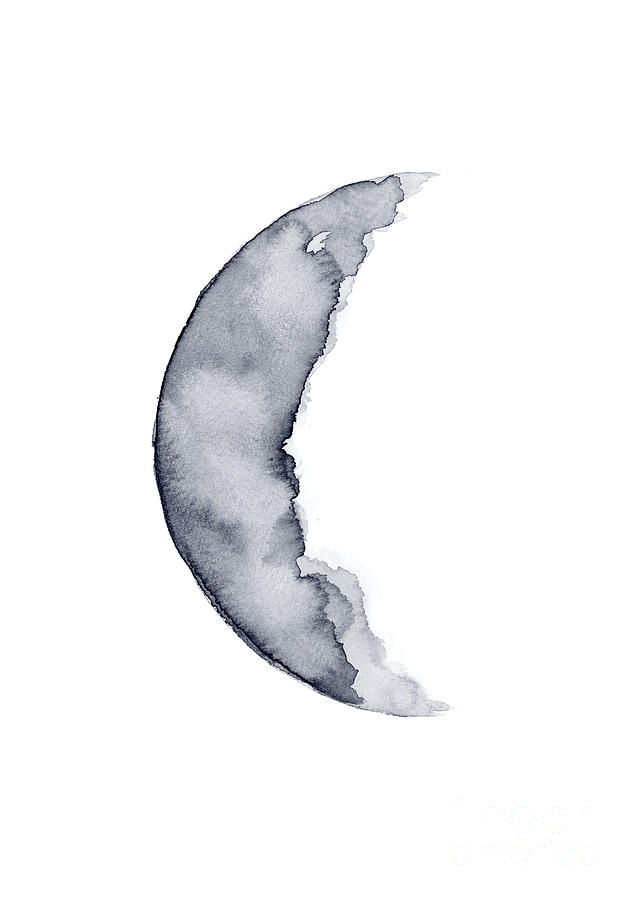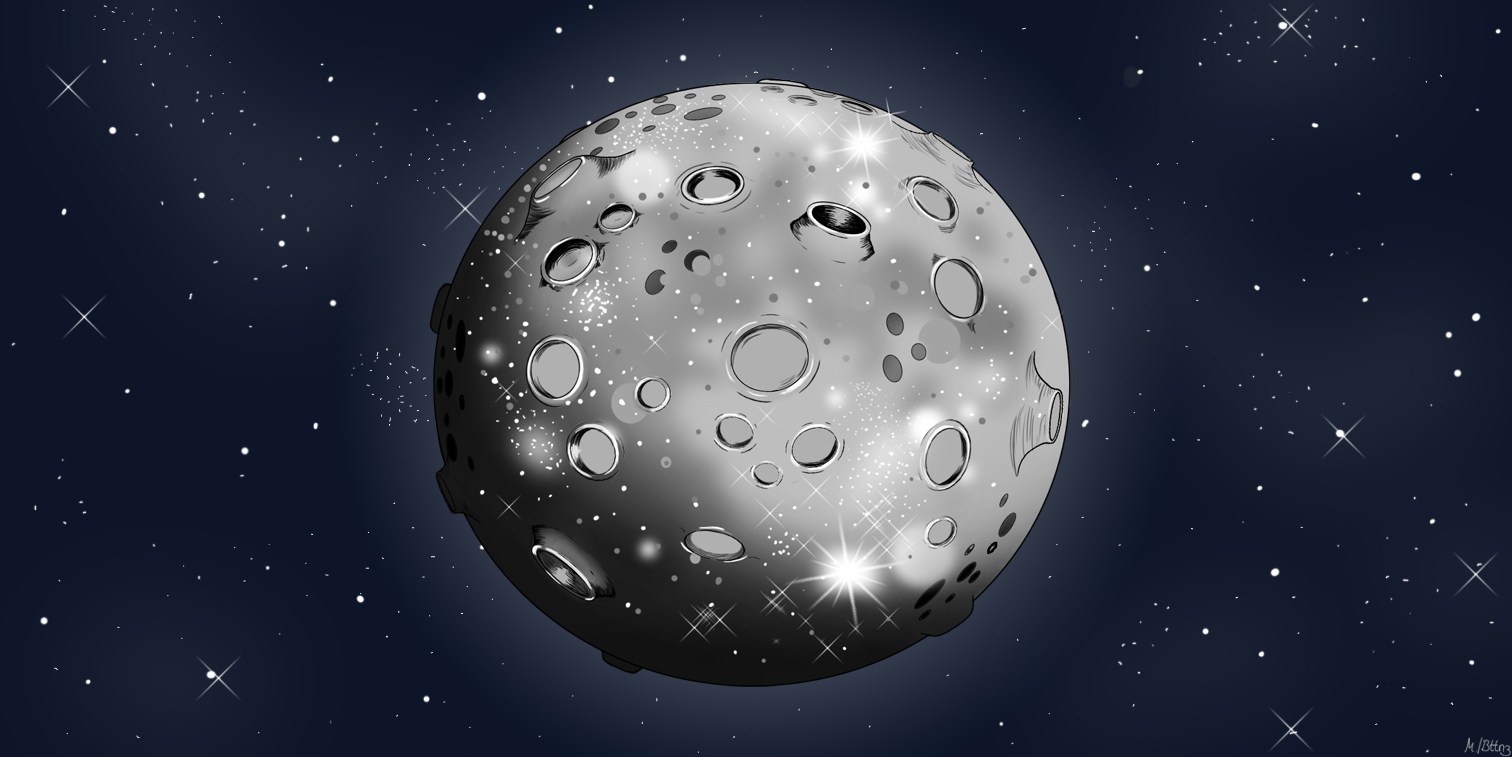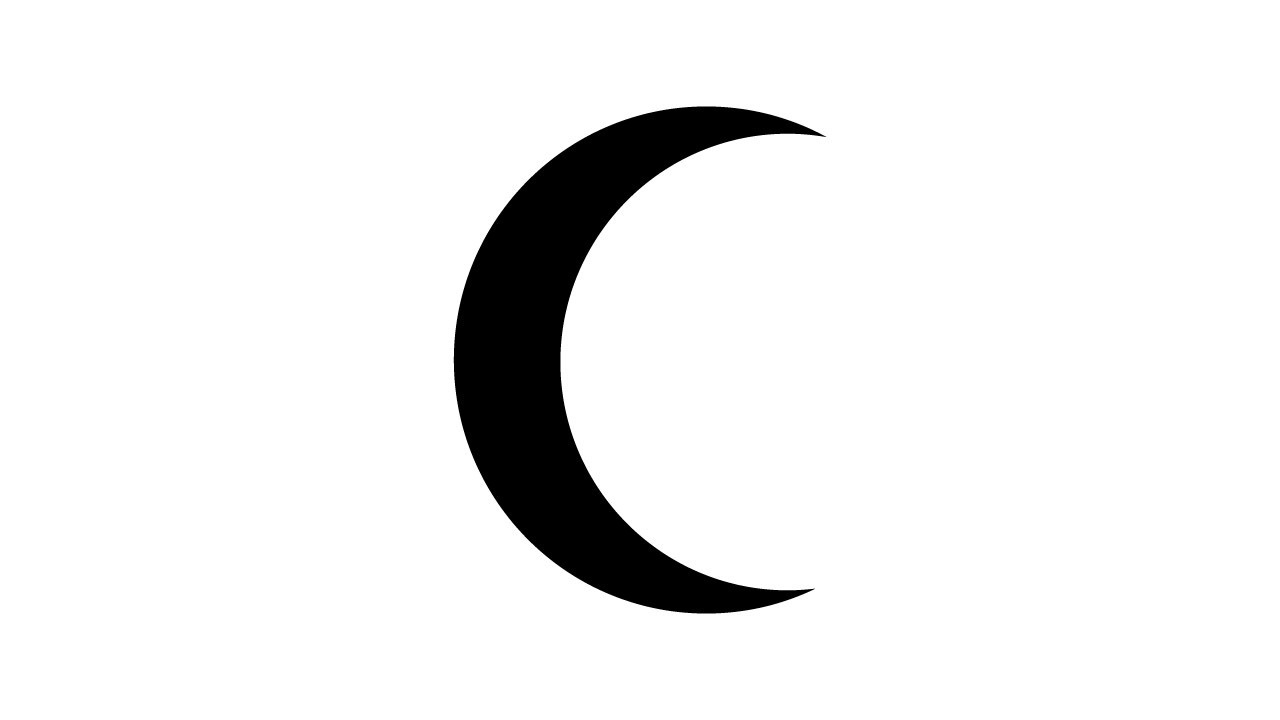

Also note that the shadowed part of the moon is invisible to the naked eye in the diagram above, it is only shown for clarification purposes. At certain times we see both the sunlit portion and the shadowed portion - and that creates the various moon phase shapes we are all familiar with. Of course that is perfectly logical, but you need to visualize it in order to understand the phases. One important thing to notice is that exactly one half of the moon is always illuminated by the sun. When you do this, you'll "see" that the illuminated portion is on your left, just as you see in the large image. For the waning gibbous, third quarter, and waning crescent phases you have to mentally turn yourself upside down when imagining the line of sight. The large moon image shows what you would see at that point in the cycle. The dotted line from the earth to the moon represents your line of sight when looking at the moon. The moon phase name is shown alongside the image. The moon is shown at 8 key stages during its revolution around the earth. The earth, of course, is at the center of the diagram. Sunlight is shown coming in from the right. I didn’t use any difficult techniques here so I think beginners will be able to do the same too!įor example, this illustration generates a story when it is used as a background for the character like this.The illustration may look a little complex at first, but it's easy to explain. The moon of course creates a very beautiful background by itself but it stands out even more when you create dynamics by placing uneven clouds around the perfect circle. Once the shape of the clouds have been cleaned up, the making is complete. Trace the clouds with a soft touch until you can no longer see the borderline of colors. I will portray the moonlight reaching far by outlining the clouds with a bright yellow.Įmphasize the brightness of the moon by adding shadows to the clouds.
Moon sketch upgrade#
You can upgrade the illustration by making it look as if there is an aura leaving the moon. Paint the sky around the moon with a slightly brighter shade of blue. Move on to drawing the surrounding areas. The moon will look very realistic if you can still see the difference between the base yellow color and the shades used for drawing craters/patterns. The tip here is to paint the base with a yellow color that is one shade darker than the color you imagine. Lastly, trace the circular outline of the moon using a bright yellow.īy drawing this edge, you can emphasize the brightness of the moon. I blended the color of the crater as well.Īdd a couple white patterns around the moon using the Watercolor brush. I also drew smaller craters around the bottom left of the moon too. Choose a brighter color than the base yellow to draw a circle, and add radial lines around it.Ĭheck the balance of the moon and increase the number of radial lines. Keeping in mind the shape of the rabbit, start blurring the border of paint.Īt this point, the moon looks flat so mix a bit of dark color to the pattern. Switch the color to a bright yellow and sharpen the pattern. Paint the color in the shape of the rabbit.Ĭhoose a shade a little more dull than the base yellow. It’s interesting to see how different ways of thinking influence these ideas too. While we recognize the pattern as a rabbit in Japan, other countries see it as “a crab”, “a lady reading a book”, “a lion” etc. The rabbit ears extend towards the right and there is barely any pattern on the right side of the moon.

The rabbit stands on the left and the mortar is positioned a little below the center. Some of you might be wondering what it means so I will briefly explain with the illustration below. The patterns of the moon are known to be “a rabbit pounding mochi”. To set the mood of the illustration, I drew the clouds roughly. This will allow you to draw only inside the moon.Ĭhange the type of the brush to Watercolor. Place a new layer on top of the Moon layer and click the “Clipping” item to turn it on.

I’ve created a new layer with the “Clipping” since I don’t want to paint beyond the boundaries of the moon shape.

Now you will be able to create a perfect circle shape, not a regular elliptical shape.Ĭhoose a slightly bright shade of yellow and create a circle in the middle of the canvas. On the right side of the screen, there is a box with “Constrain Proportions” so add a check to that item. This is where you can change the shape of the fill. Next, I will create the shape of the moon.Ĭhoose the Fill Tool with the square icon.įrom the small box at the top of the screen, change the shape to “Ellipse”. Select a dark blue and paint over the canvas. First, paint over the sky with a night color.įrom the toolbar, choose the Bucket Tool with the bucket icon.


 0 kommentar(er)
0 kommentar(er)
